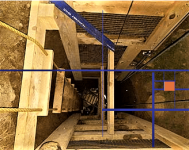sea.thunter7
Jr. Member
- Jun 30, 2018
- 58
- 32
- Primary Interest:
- Other
Can any of the gifted dowsers here take some time to tell me what, if anything, they see buried in this photo and the exact location of it?
View attachment 1614408
View attachment 1614408





